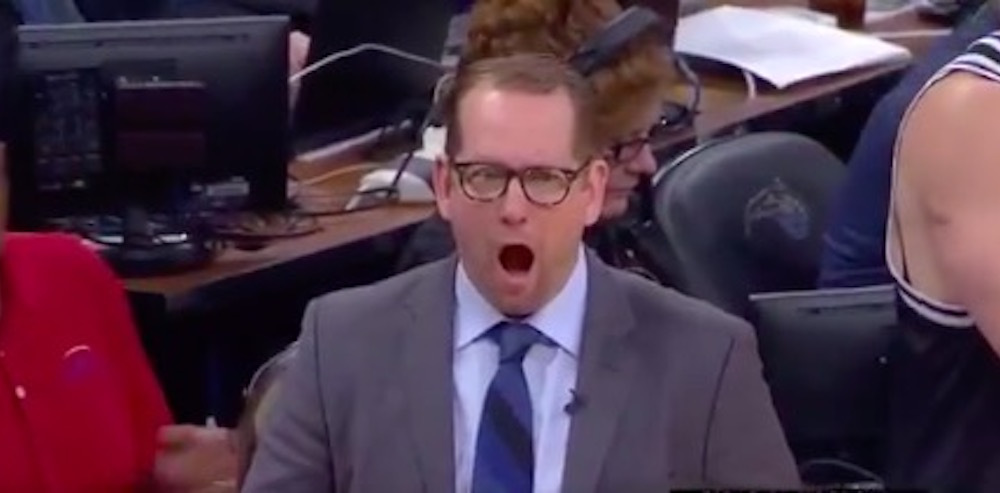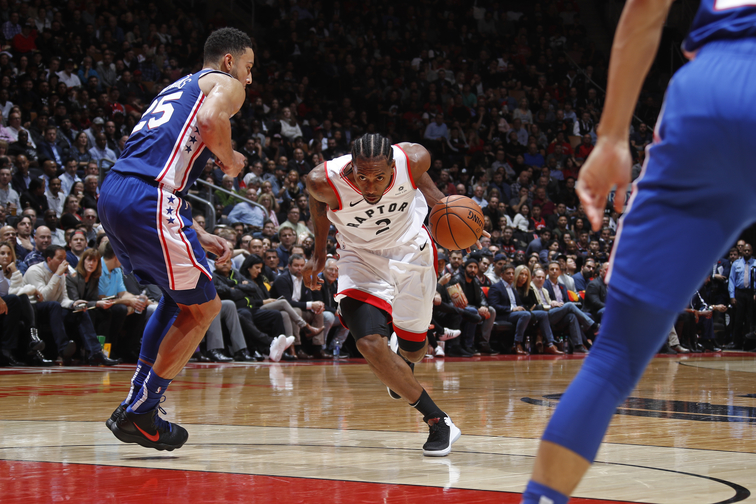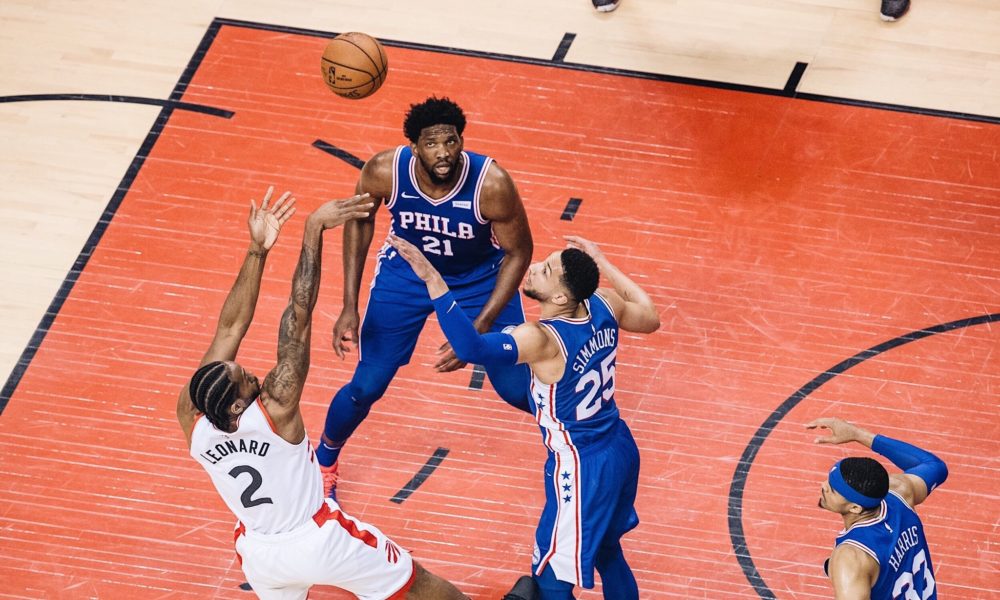Magnus Carlsen is one of the most talented chess players in history, but sometimes even he needs to make adjustments. Carlsen is known for creating tiny advantages and punching opponents in those weaknesses until they open into larger holes. He is merciless in his repetition of those attacks, but he is not classically aggressive. The 2016 World Chess Championship saw Carlsen face Sergey Karjakin, whose nickname is the “Minister of Defense.” It was clear that the match might be a conservative one.
And it was. The first seven games were all draws, as Carlsen and Karjakin repeated the same opening, the Ruy Lopez four times in the first seven games. Both players refused to budge, repeating their preparations and chewing on the same bones until all flesh was stripped from the possible tactics. In the eighth game, the players tried a new opening, the Colle. In a system that offers little dynamism and slows down the game, valuing defense over offense, Carlsen uncharacteristically made several errors and beat himself, letting the underdog take the lead.
Returning to basketball, Monday evening saw the Toronto Raptors, overwhelming favourites, picked to win the series by “18 of 20 ESPN writers and all six local Philadelphia beat writers,” according to Brett Brown, fall 94-89 to the Philadelphia 76ers. Brown, however, had aces up his sleeve coming into game two. His team was horrible in game one, so they switched it up. Brown hadn’t found any success in the mainlines of the Ruy Lopez, so he turned to a topsy turvy fever dream of an opening.
Philadelphia made its Defensive Player of the Year contender, 7-foot behemoth with left knee tendinitis and a stomach flu, the primary defender of Toronto’s speedy, spinning, spicemaster, Pascal Siakam. That would ostensibly seem like a bizarre decision, but there were two intelligent logical explanations behind the move.
Siakam is speedy, but the vast majority of his scoring comes near the rim. Over half of his shots came at the rim during the regular season, where he shot over 70 percent, so even if Siakam isn’t a traditional big, he usually scores like one. Embiid may not have the footspeed to track Siakam, but why should he bother to chase him around the perimeter? Embiid lurked near the rim and allowed Siakam to come to him, contesting every shot with his vastly superior length. At the same time, Embiid was able to cheat off of Siakam and help in the lane. Siakam had extra space to shoot, and he attempted seven triples. But he only connected on two, adding weight to the theory that Siakam’s shooting is a weakness that Philadelphia will attack in this series.
Embiid guarded Marc Gasol in game one, who is more of a shooting threat than Siakam. With Embiid on Toronto’s least threatening shooter in the starting lineup, Embiid was free to clog up the lane and punish Toronto for driving into a thicket of bodies. Embiid effectively neutralized one of Toronto’s most important scorers while hurting the scoring chances of Siakam’s teammates. You know who else inspires that defensive organization? One MVP candidate Giannis Antetokounmpo, and no, the comparison between Antetokounmpo and Siakam actually isn’t mine.
“We had a taste of some success with (Joel Embiid) on Giannis in our Milwaukee series (in the regular season). We felt like there was some similarities there,” said Brett Brown after the game in reference to his defensive tactic.
It worked. Siakam shot 7-of-18 from 2-point range and only attempted a pair of free throws. Embiid used his endless wingspan to challenge Siakam vertically, and though he was able to reach the rim at will, Siakam was unable to finish over such unfamiliar contests. Siakam, however, doesn’t think any adjustments are necessary.
“I think I was just rushing a little bit and then I missed a lot of shots, shots that I would take again,” said Siakam. “You know, I would take 100 times (out of 100).”
The different opening from Philadelphia didn’t just alter the Siakam matchup. As a result of the change, Tobias Harris defended Gasol. Harris is a capable post defender, and Gasol is not a great post scorer, so there was no damage done there. Toronto tested the look early in the first, with Gasol backing down Harris, but it ended in a turnaround fadeaway that missed badly. Philadelphia is happy giving up that attempt.
Toronto was stymied early. Their offense had no rhythm, and they spent the majority of each shot-clock probing to attack mismatches that Philadelphia actually invited Toronto to attack. Toronto finished with a season-low 38 points at halftime.
“We just dug ourselves in a hole early. I feel like putting Harris on Marc probably got us out of rhythm a little bit,” said Kawhi Leonard.
At halftime, Nurse faced possibly his most difficult test of the season. How would he respond to such a dramatic change from Philadelphia? For all the noise before the season that Nurse would be a mad scientist, creating new gambits and openings in every contest, he actually spent the season coaching quite conservatively. Nurse, like most chess grandmasters, seemed most comfortable playing comfortably and fighting for a draw.
Fighting for a draw seemed to be Nurse’s approach to his halftime adjustments. Instead of varying what had worked over the past five games, Nurse opted to modify only the small elements of Toronto’s approach.
Nurse found a minor advantage in a matchup previously fought to a draw: Gasol versus Harris. Harris is not as tall as Gasol, which doesn’t make Gasol a better post scorer, but does offer him more sight lines as a post passer. Toronto posted up Gasol multiple times in the third quarter to great success, after getting nothing out of the look in the first half. An early Gasol postup in the third triggered a double-team, and Gasol passed immediately to a cutting Leonard, who kicked to an open Siakam for a triple. Moments later, and still in the post, Gasol found Siakam for a layup. The lead was cut to five, and it seemed like Toronto was firmly back in the game.
“They put a smaller guy on (Gasol) so we wanted to get it in deep,” admitted Nurse after the game. “We just wanted some more paint touches.”
But Nurse’s overarching gameplan, repeated from game one, came back to hurt the Raptors. Only a few minutes after Gasol had finally found success passing from the post, Gasol was out of the game for his regularly scheduled rest period, and Ibaka was playing. The Fred VanVleet-Jodie Meeks-Norman Powell backcourt that has consistently lost its minutes in the playoffs returned to close the final 90 seconds of the third, and sure enough the lineup was outscored by four points in the stretch. Meeks missed a box out, missed a triple, and turned the ball over in 90 seconds.
When Philadelphia opened the final frame with all of its starters, Toronto continued to use its normal, two-starter lineup. The Sixers went on a mini, 5-0 run over the first 3.5 minutes of the quarter. The Sixers’ lead had ballooned to 11, which was too much for Toronto’s starters to bridge in the remaining minutes. Danny Green even had an open triple to tie, but he clanged it. (His cold streak in the playoffs, his first in a Raptors’ jersey, is becoming alarming.) Toronto was close, but their inability to adapt proved fatal. Will they make more changes going forward?
“I think we always take a look at it,” said Nurse after the game. “We’re always thinking about any possible adjustments to it or changes or whatever. And this’ll certainly give us cause to reflect and review that for sure. What we come up with by Game 3, I don’t know yet.”
“There are always going to be adjustments,” said Kyle Lowry. “That’s the great thing about the playoffs, the adjustments.”
Toronto made other small adjustments, for example Leonard took Siakam’s minutes in closing the first quarter with the bench. Those won’t be enough going forward. Those adjustments are small variances within the same Ruy Lopez system, but Nurse needs to choose a new opening. Philadelphia has changed the feel of the game. Toronto needs to do the same. I argued after game one that Toronto didn’t need test obvious areas of improvement, such as tethering Gasol to Embiid’s minutes, as long as they were winning. Now Toronto has cause to alter the gameplan.
Magnus Carlsen eventually evened the 2016 World Chess Championship and brought the series to chess’ version of overtime. Carlsen knew that he would have the upper hand in the shorter time controls, and he crushed Karjakin with his newfound advantage. That made sense, as Carlsen was the far more talented player. Between the 76ers and Raptors, Toronto is the far more talented basketball team. They need to find a situation that gives them an advantage going forward. Brett Brown had the white pieces in game two, and he chose the grounds on which the game would be played. Now it’s Nick Nurse’s turn to prove he’s able to do the same.



